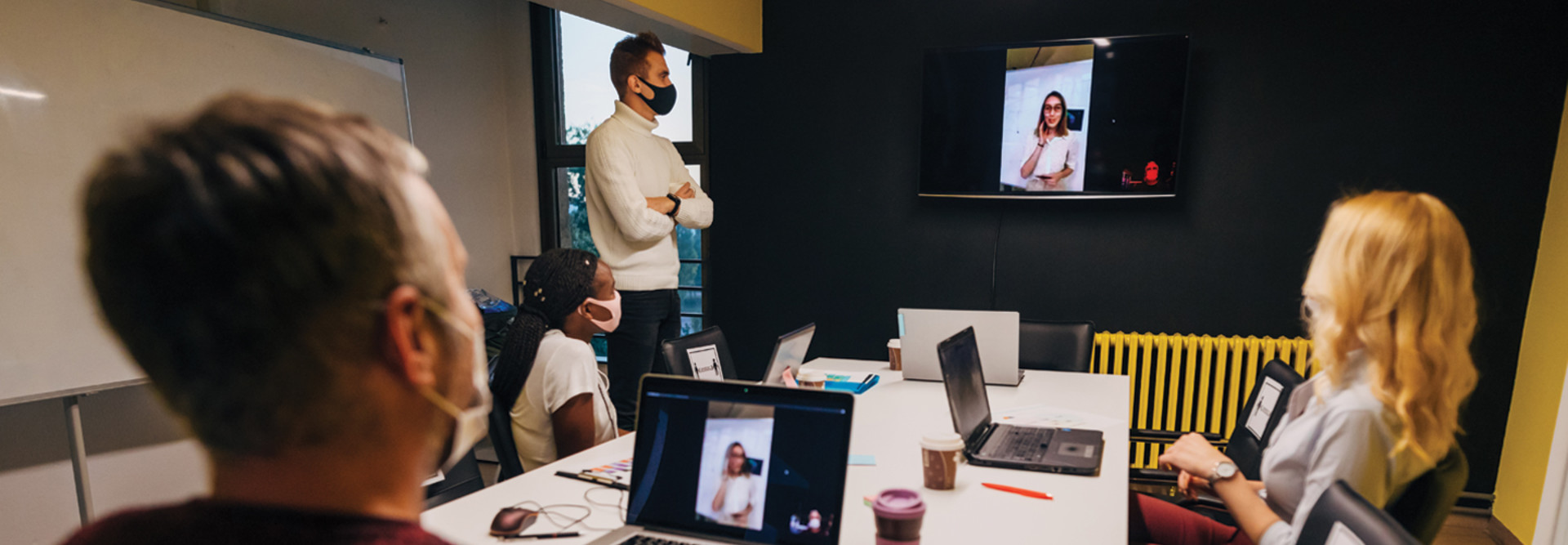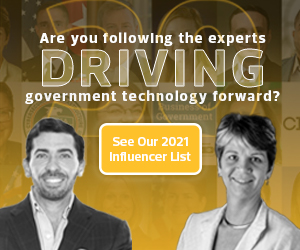The Tech and IT Management Needed for Hybrid Work
As a result of stay-at-home orders due to the pandemic, the federal government quickly went from 3 percent of employees teleworking every day to 59 percent at the height of the pandemic, according to the Office of Personnel Management’s 2020 Federal Employee Viewpoint Survey.
Former NASA CIO Renee Wynn, now an IT consultant, says that agencies should look at that survey and then approach a hybrid work environment “with an eye toward learning and experimentation.”
Some questions Wynn recommends IT leaders ask are:
- Are your collaboration tools truly helping your employees to do their work?
- Are the tools you are using secure?
- Do the tools work and help employees using assistive devices?
“Besides answering questions, conduct town halls and hold managers plus executives accountable for helping employees operate in a hybrid environment,” Wynn says. “That’s their No. 1 job anyway.”
William Eggers, executive director of Deloitte’s Center for Government Insights, says hybrid work “can be transformative, but it’s important to approach it in a way that acknowledges the nuances associated with it,” and that “while the shift to remote work at the start of the pandemic was forced, quick and dirty, the move to hybrid should be intentional and measured.”
Eggers suggests IT leaders “assess the work people do, and where they are most productive doing it” to determine the best setup for employees. He also suggests that leaders “integrate equity into working norms” and work to avoid a situation where those in a physical office have access to more opportunities than those working from home.
“For example, you might implement equitable meeting practices such as having everyone log in to a virtual call regardless of location and documenting meeting notes for everyone to access,” Eggers says.
Technology will be a key element of success of the hybrid model, according to Eggers, where the right tools and technology are taken as a given. “This means making sure that employees have broadband access and the right mix of digital platforms and technologies that enable teams to connect, collaborate and deliver on their mission from anywhere,” he says.












